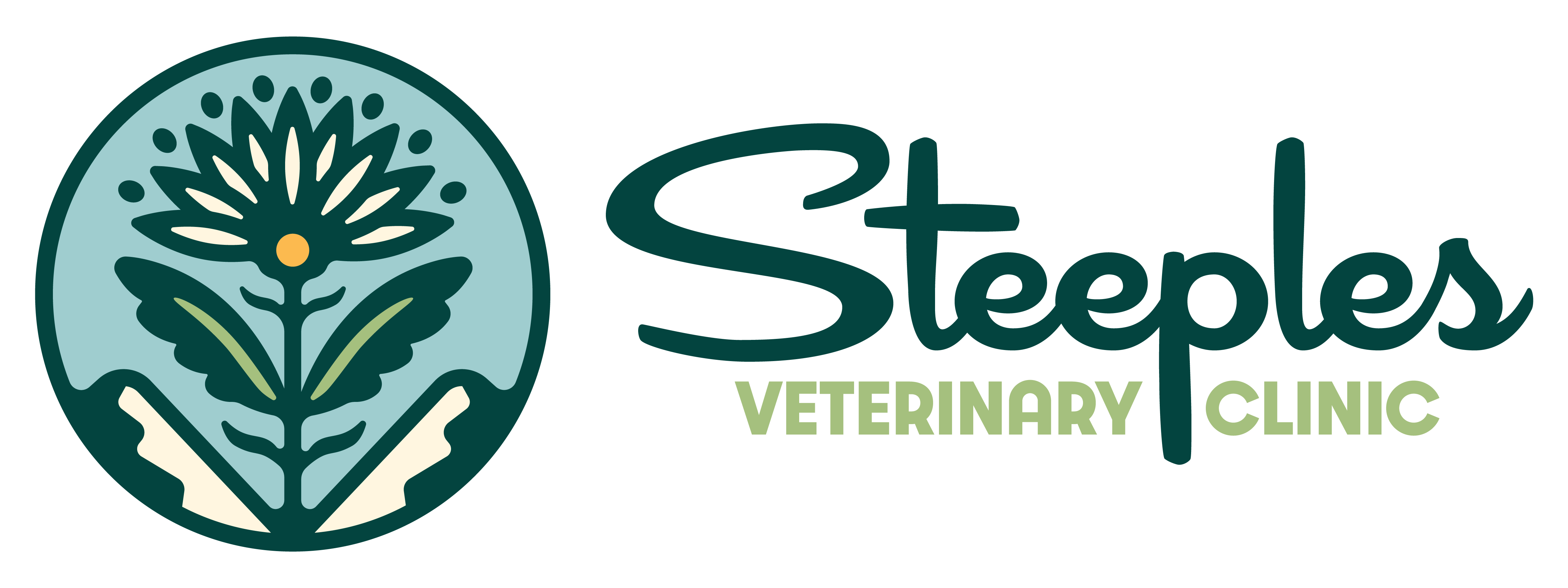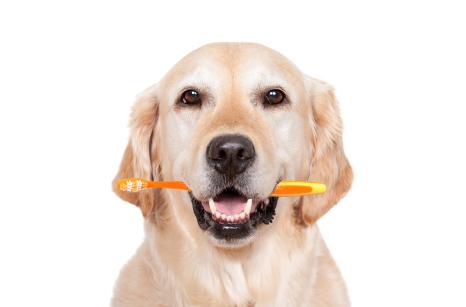Hello. The word from last time is gingiva, of course. Perhaps you’re thinking, “What’s all this talk about teeth and gums?”
My veterinarians want you to know that healthy teeth and gums are very important and that there are things you can do at home to help.
The Importance of Dental Home Care
As always I want to tell you about what I know for sure: what I’ve learned by listening to my veterinarians.
Home dental care can make a tremendous difference in your dog or cat’s comfort and health. It can also help keep the veterinary dentist away for as long as possible, or at least to decrease the severity of the dental condition when it does have to be treated. The more you can attack plaque and keep it from clinging and staying until it forms calculus or tartar, then fewer veterinary visits may be needed.
Plaque is really the bad guy here. What is plaque? It’s that slimy, almost invisible coating on and between the teeth. It’s made up of bacteria and saliva and debris. We all get it. Plaque is like a happy, moist, warm home for certain types of bacteria that live in the mouth. It clings to the teeth and then to the gingiva, or gums. Bacteria then cause inflammation of the gums, also called gingivitis. Gingivitis gets worse and worse until we get periodontitis. It’s a pathway to destruction!
So if plaque is the villain, what can we do about it? How can we make it go away or at least keep it scarce as long as possible?
There are several forms of dental home care. Some may be more suited to your own cat or dog than others.
1. Brush those teeth.
The most effective way to keep plaque away is to brush it away. People brush their teeth 2-3 times per day to keep plaque away. The motion of the brush sweeps the slime away before it has a chance to be mineralized into tartar. Brushing should be done once a day, but even if you could manage to get it done 3 times per week it would be very effective.
Most dogs and cats will let you brush their teeth, but you have to be persistent, gentle, and make it fun or tasty with flavoured toothpaste or other rewards. It should only take a couple of minutes. Of course the best time to start is when one is a kitten or a puppy: then they adjust and get used to it as part of daily life. Plus, then the gums are healthy and not inflamed or painful yet. It’s important to be careful of forcing a bristly brush onto sore gums. And be sure to always use a very soft-bristled brush, such as a child’s toothbrush or one made especially for dogs or cats.
2. Treats and Chews.
Dogs like to chew. Cats … not so much. Treats that have a coarse texture and the right size and shape can act as an aid to the toothbrush for your dog. Chewing on them will mechanically remove the plaque. These include many treats that are available from your veterinarian and that are labelled as dental treats. It also includes soft rawhides and firm rubber chew toys that have something hidden in them so that the dog chews.
I must include a little warning here. Many things that dogs chew on are WAY too hard for their teeth. The doctors here see a lot of dogs (and cats, I must admit) with broken teeth because they chewed on bones or rocks or sticks or other hard things. And tennis balls are bad news too! They are coarse and full of sand and grit and they actually wear the teeth right down like sandpaper! As fun as they are, don’t let your dog chew or carry tennis balls!
3. Dental Diets.
There are special diets that do wonders for keeping plaque away. For example, Royal Canin Veterinary Dental Formula Diets for dogs and cats are the right size, shape, and consistency to act as a brush every time your pet eats! The diet also helps to prevent plaque from becoming tartar. Best of all, it tastes really good. I know that from experience: many of us cats love it.
So don’t be discouraged about dental care. It’s a little bit of learning and adjusting and finding the right things, but it’s so important. Don’t neglect the teeth and the gums. A little attention at home will help lengthen the time between dental cleanings.
That is something that I know.


